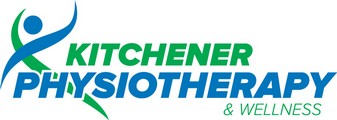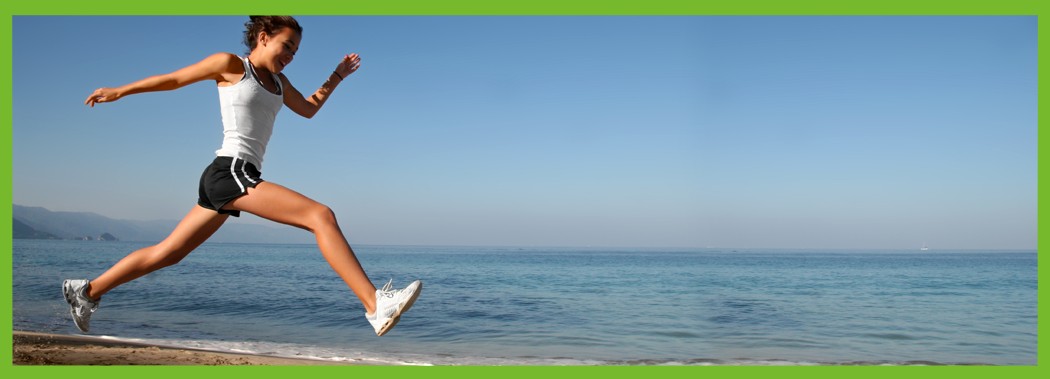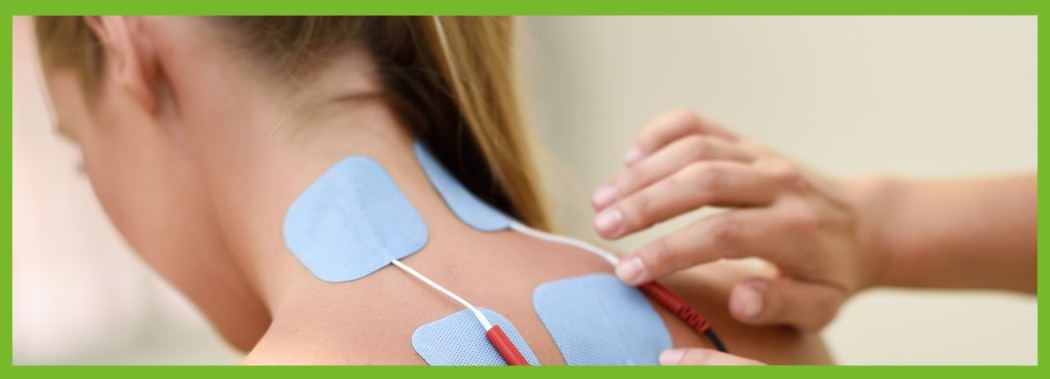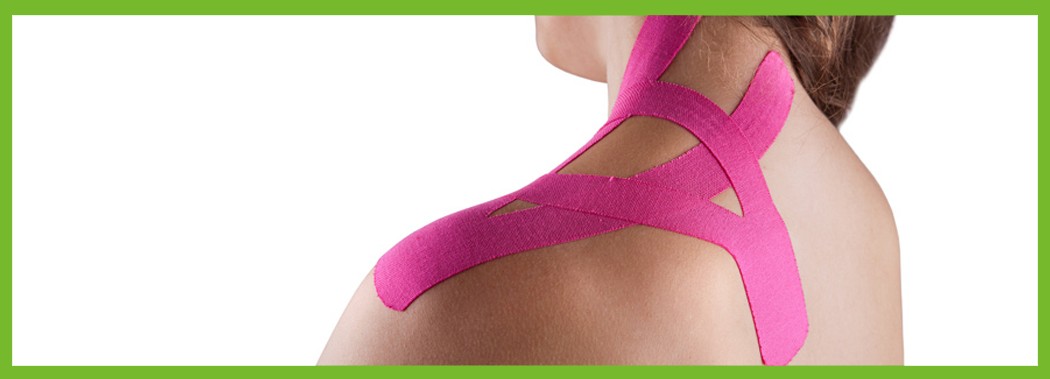Physiotherapy in Kitchener for Field Hockey
Welcome to Kitchener Physiotherapy & Wellness guide for selecting field hockey equipment. We recommend a few general considerations when selecting your equipment in order to stay comfortable and minimize injury while playing:
Hockey Stick: Field hockey sticks comprise of two parts, the handle and the head. The head is flat on one side and rounded on the other. Only the flat side of the stick can be used to play the ball; the edges of the stick between the flat and round side are considered are also legal to play the ball with. Interestingly no left-handed sticks exist; all players must play right-handed.
The handle of the head is round, and must not be larger than 2 inches or 5.1 centimeters including all tape or coverings. The traditional field hockey stick was made of wood, but with modern technology the handle of most sticks is now made of a lighter and stronger composite of material such as carbon, aramid and fiberglass. If wood is used it is generally covered with fiberglass to add strength to the stick. The bow, which is the curve along the length of the stick, is also limited by international ruling and must not be greater than 1 inch or 2.5cm.
The toe, or the head, of the stick varies in design shape and is typically classified as either a shorti, midi, maxi or hook. The variation in design assists how players in different positions need to contact the ball. A shorti head offers more control for offensive players, a midi stick has a wider area for hitting the ball and is the most widely used stick. It is also most suitable for a beginner. A maxi stick surface is thicker and used when you are required to stop the ball often, such as when playing defense, and a hook stick has an even thicker surface than a maxi to stop the ball with. The toe length also varies according to position. The overall length of the also stick varies and an experienced sports representative can assist you with measuring a stick for your height. The position you play can be a factor not only in which design shape you choose but also in which stick length you choose; defensive players tend to choose a longer stick to obtain a further reach whereas a shorter stick allows easier stick handling for those playing offense. The weight of the stick will also vary in accordance to the length so take this into consideration; longer sticks are heavier.
A few practice shots in the shop can help you get the feel for a stick before you purchase it. Remember that the most expensive stick may not be the most appropriate stick for you as often the price increases when more of one composite material, such as carbon, is used. A high-carbon stick can provide more power, but depending on the position you play and your skill level, more power may not be what you need to pay for!
Ball: The field hockey ball is a standard solid plastic ball made to specific requirements. For comparison, a field hockey ball is slightly harder and slightly larger than a baseball. Usually the ball is white but other colours can be used if agreed upon by both teams and the colour can easily be distinguished from the playing surface.
Mouth Guard: Mouth guards are recommended in field hockey but are not mandatory according to the International Federation of (Field) Hockey. Despite not being mandatory Kitchener Physiotherapy & Wellness highly recommends that you wear a mouth guard while playing. Mouth guards are designed to protect the teeth and absorb some of the impact from blows to the jaw but they also help to protect against severe concussions as they absorb some of the shock forced through your skull if your head is hit. Standard mouth guards are available in most sporting stores, but they tend to be bulky and do no provide good protection due to their inability to mold to individual teeth configurations. A do-it-yourself moldable plastic mouth guard is also generally available in sporting stores and is a better alternative to the standard mouth guard. These types of guards are made from a soft moldable plastic that can be melted in hot water and then placed in the mouth so that they mold to the individual shape of the teeth. Moldable guards can still feel bulky and therefore may interfere with breathing, however, they are recommended above the standard guard. If you are an avid field hockey player, it would be worthy to get a custom-fitted mouth guard to provide maximum protection. Custom-fitted guards are made by a dental professional and molded from a special shock absorbing material. Custom mouth guards mold exactly to the individual player's mouth anatomy and therefore provide maximum protection.
Shin Guards: Shin guards protect the shins from knocks with the opponent's stick, body parts, and the field hockey ball. Shin guards are not mandatory for play, but are highly recommended, and widely used by field hockey players. Purchasing shin guards that are made specifically for field hockey is best as they provide adequate protection against the tough, small field hockey ball. Shin guards made for other sports, such as soccer, are made to withstand lower forces and will not protect the shins from the typical blows of a field hockey game. Many shin guards have removable inner foam liners which assist with cleaning and this type are recommended over those without removable liners. Fitting the shin guards is best done with the assistance from a knowledgeable sports salesperson. The shin guard should fit just below the knee, so as not to restrict any knee movement, and extend down to and around the ankle for maximum protection.
Gloves: Gloves are not mandatory but are permitted in field hockey. Some professional players will choose to wear gloves to protect their hands and wrists from injuries including blisters, contusions, and fractures. Gloves can also dull the painful vibration of the stick on a powerful shot. Some players choose to wear a glove only on the left hand as that hand more often takes a hit from the ball. Many players, however, prefer the feel of the stick on their bare hands so choose to play without gloves. If you choose to wear gloves, choose gloves that are not too bulky, and fit snug around the fingers. If the gloves are too loose you will risk injury to your wrist or elbow from needing to over-grip through the gloves in order to control the stick.
Jockstrap & Cup/Athletic Supporter: This is an extremely important piece of equipment for males in any sport where the genitals are at risk of being impacted, and field hockey is no exception. The jock or athletic support provides solid protection to the genitalia which in turn reduces the number and severity of injuries incurred due to impact in this area. The support should be well fitted and feel comfortable when running and squatting. If possible, it is wise to try the support with the type of underwear you normally use to play in to ensure they fit comfortably together.
Shoes: Field hockey can be played on either natural grass, turf or on an indoor surface. It is best to choose your shoes based on which surface you will be playing most on. For both grass and turf, a cleated shoe (non-metal) is advisable. The cleats on a turf shoe however, are shorter and provide more grip than the longer cleats of a grass shoe, which help with grip on a wet or muddy grass pitch. A cleated field hockey shoe tends to have more reinforcement for injury protection in the toe area than regular sport cleats therefore it is recommended that specific field hockey cleats are purchased if playing on grass or turf. Court shoes are best for indoor field hockey as they will allow maximum grip on the indoor surface. It is not advisable when playing indoors to simply wear shoes made for jogging/running as these shoes have a higher sole to allow more shock absorption. This higher sole will make the indoor field hockey player more prone to ankle sprains.
Although shin guards are not mandatory, most players will wear them, so this needs to be taken into consideration when purchasing shoes. You may need to buy a shoe slightly larger than you would normally buy in order to accommodate the lower end of the shin guard. It is best to bring your shin guards to try on with any new shoes you are purchasing.
Socks: Blisters are common in any sport but you can avoid them by both choosing the correct shoes (see above,) as well as the correct socks. Blisters are caused by repetitive friction, heat, and moisture, so minimizing these factors will decrease your chance of developing them. Choose a sock that is form fitting and one that is made with a breathable and moisture-wicking material. In field hockey generally short socks are worn in the shoes and long socks are then worn over your shin guards. Liner socks can be worn under your shin guards, and are recommended to avoid skin irritations of the shins, which are common. Liner socks should be washed regularly to assist in preventing skin irritations. Ensure your short sock fits very well as any slipping will cause excess friction. Some field hockey players choose to wear two pairs of short socks so any friction that does occur happens between the two layers of socks rather than against the skin. Lastly, ensure any hotspot (area that feels like a blister is starting) is tended to IMMEDIATELY. Avoiding blisters is much easier than treating them once they occur.
Hydration Gear: Keeping hydrated during any activity will help you stay alert while training or competing, may help to prevent muscle cramps and will help your post-training or competition recovery. Field hockey is no exception. If you use your own drink bottles rather than drinking from communal bottles you can easily monitor your fluid consumption and also avoid transmission of bacteria. We recommend that you drink about 350-450 mL before arriving at a game (ref: http://www.epysa.org/pdf/Heat_Hydration_Guidelines.pdf), and 250mL (1 cup) of water or sports drink every 20 minutes during the game (ref: http://www.ausport.gov.au/sportscoachmag/nutrition2/pre-event_nutrition) and for one hour after the game. Your fluid requirements will vary, of course, depending on the environmental conditions on the day of the match, and your body size.








